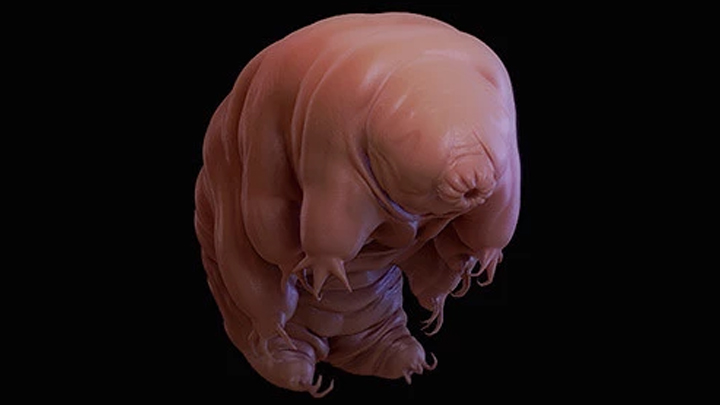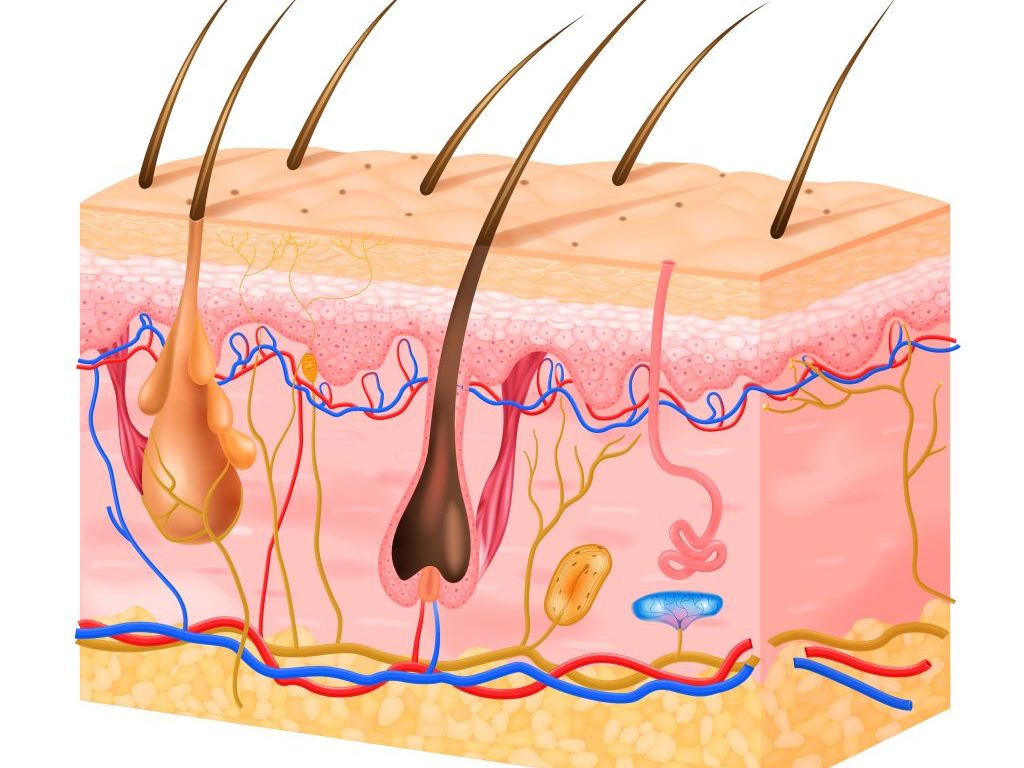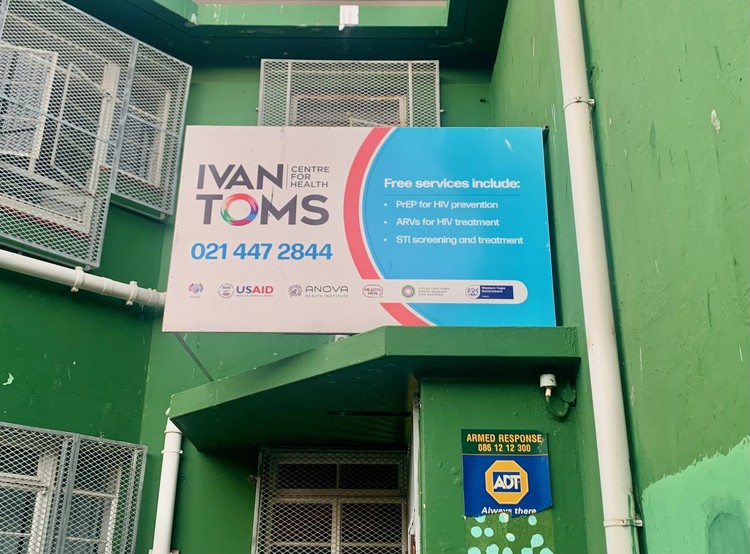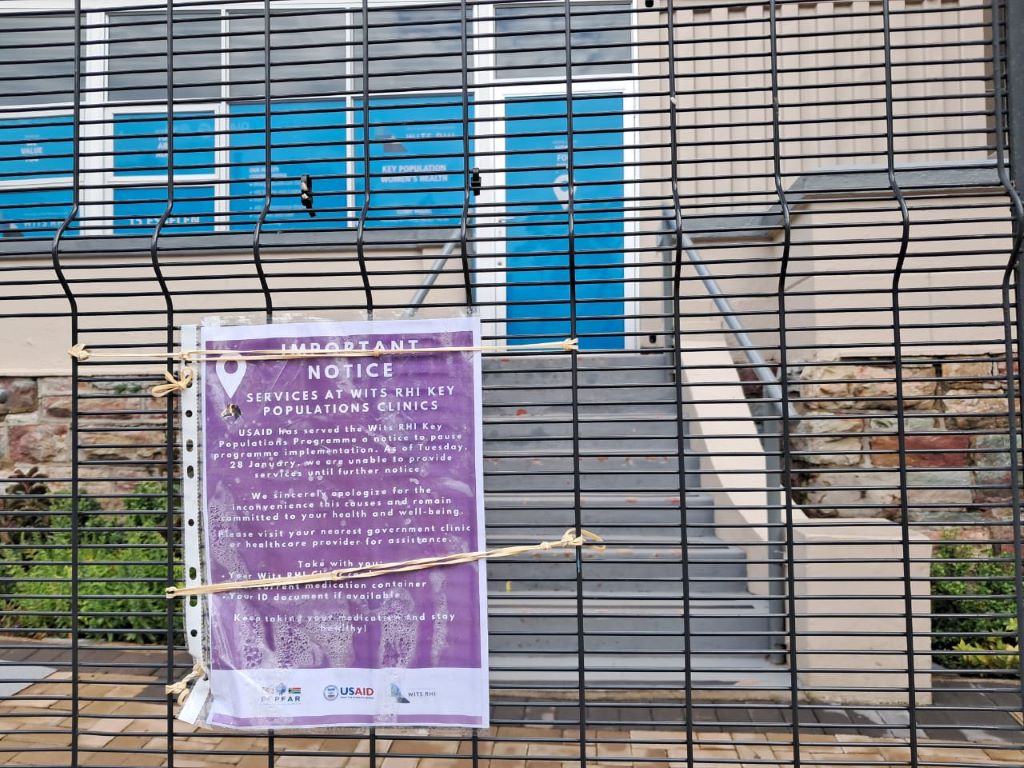A Protein from Tardigrades may Blunt the Effects of Radiotherapy

Drawing inspiration from a tiny organism that can withstand huge amounts of radiation, researchers have developed a new strategy that may protect patients from this kind of damage. Their approach makes use of a protein from tardigrades, often also called “water bears,” which are usually less than a millimetre in length.
When the researchers injected messenger RNA encoding this protein into mice, they found that it generated enough protein to protect cells’ DNA from radiation-induced damage. If developed for use in humans, this approach could benefit many cancer patients, the researchers say.
“Radiation can be very helpful for many tumours, but we also recognise that the side effects can be limiting. There’s an unmet need with respect to helping patients mitigate the risk of damaging adjacent tissue,” says Giovanni Traverso, an associate professor of mechanical engineering at MIT and a gastroenterologist at Brigham and Women’s Hospital.
Traverso and James Byrne, an assistant professor of radiation oncology at the University of Iowa, are the senior authors of the study, which appears in Nature Biomedical Engineering. The paper’s lead authors are Ameya Kirtane, an instructor in medicine at Harvard Medical School and a visiting scientist at MIT’s Koch Institute for Integrative Cancer Research, and Jianling Bi, a research scientist at the University of Iowa.
Extreme survival
Radiation is often used to treat cancers of the head and neck, where it can damage the mouth or throat, making it very painful to eat or drink. It is also commonly used for gastrointestinal cancers, which can lead to rectal bleeding. Many patients end up delaying treatments or stopping them altogether.
“This affects a huge number of patients, and it can manifest as something as simple as mouth sores, which can limit a person’s ability to eat because it’s so painful, to requiring hospitalization because people are suffering so terribly from the pain, weight loss, or bleeding. It can be pretty dangerous, and it’s something that we really wanted to try and address,” Byrne says.
Currently, there are very few ways to prevent radiation damage in cancer patients. There are a handful of drugs that can be given to try to reduce the damage, and for prostate cancer patients, a hydrogel can be used to create a physical barrier between the prostate and the rectum during radiation treatment.
For several years, Traverso and Byrne have been working on developing new ways to prevent radiation damage. In the new study, they were inspired by the extraordinary survival ability of tardigrades. Found all over the world, usually in aquatic environments, these organisms are well known for their resilience to extreme conditions. Scientists have even sent them into space, where they were shown to survive extreme dehydration and cosmic radiation.
One key component of tardigrades’ defence systems is a unique damage suppressor protein called Dsup, which binds to DNA and helps protect it from radiation-induced damage. This protein plays a major role in tardigrades’ ability to survive radiation doses 2000 to 3000 times higher than what a human being can tolerate.
When brainstorming ideas for novel ways to protect cancer patients from radiation, the researchers wondered if they might be able to deliver messenger RNA encoding Dsup to patient tissues before radiation treatment. This mRNA would trigger cells to transiently express the protein, protecting DNA during the treatment. After a few hours, the mRNA and protein would disappear.
For this to work, the researchers needed a way to deliver mRNA that would generate large amounts of protein in the target tissues. They screened libraries of delivery particles containing both polymer and lipid components, which have been used separately to achieve efficient mRNA delivery. From these screens, they identified one polymer-lipid particle that was best-suited for delivery to the colon, and another that was optimized to deliver mRNA to mouth tissue.
“We thought that perhaps by combining these two systems – polymers and lipids – we may be able to get the best of both worlds and get highly potent RNA delivery. And that’s essentially what we saw,” Kirtane says. “One of the strengths of our approach is that we are using a messenger RNA, which just temporarily expresses the protein, so it’s considered far safer than something like DNA, which may be incorporated into the cells’ genome.”
Protection from radiation
After showing that these particles could successfully deliver mRNA to cells grown in the lab, the researchers tested whether this approach could effectively protect tissue from radiation in a mouse model.
They injected the particles into either the cheek or the rectum several hours before giving a dose of radiation similar to what cancer patients would receive. In these mice, the researchers saw a 50 percent reduction in the amount of double-stranded DNA breaks caused by radiation.
The researchers also showed that the protective effect of the Dsup protein did not spread beyond the injection site, which is important because they don’t want to protect the tumour itself from the effects of radiation. To make this treatment more feasible for potential use in humans, the researchers now plan to work on developing a version of the Dsup protein that would not provoke an immune response, as the original tardigrade protein likely would.
If developed for use in humans, this protein could also potentially be used to protect against DNA damage caused by chemotherapy drugs, the researchers say. Another possible application would be to help prevent radiation damage in astronauts in space.
Source: MIT













